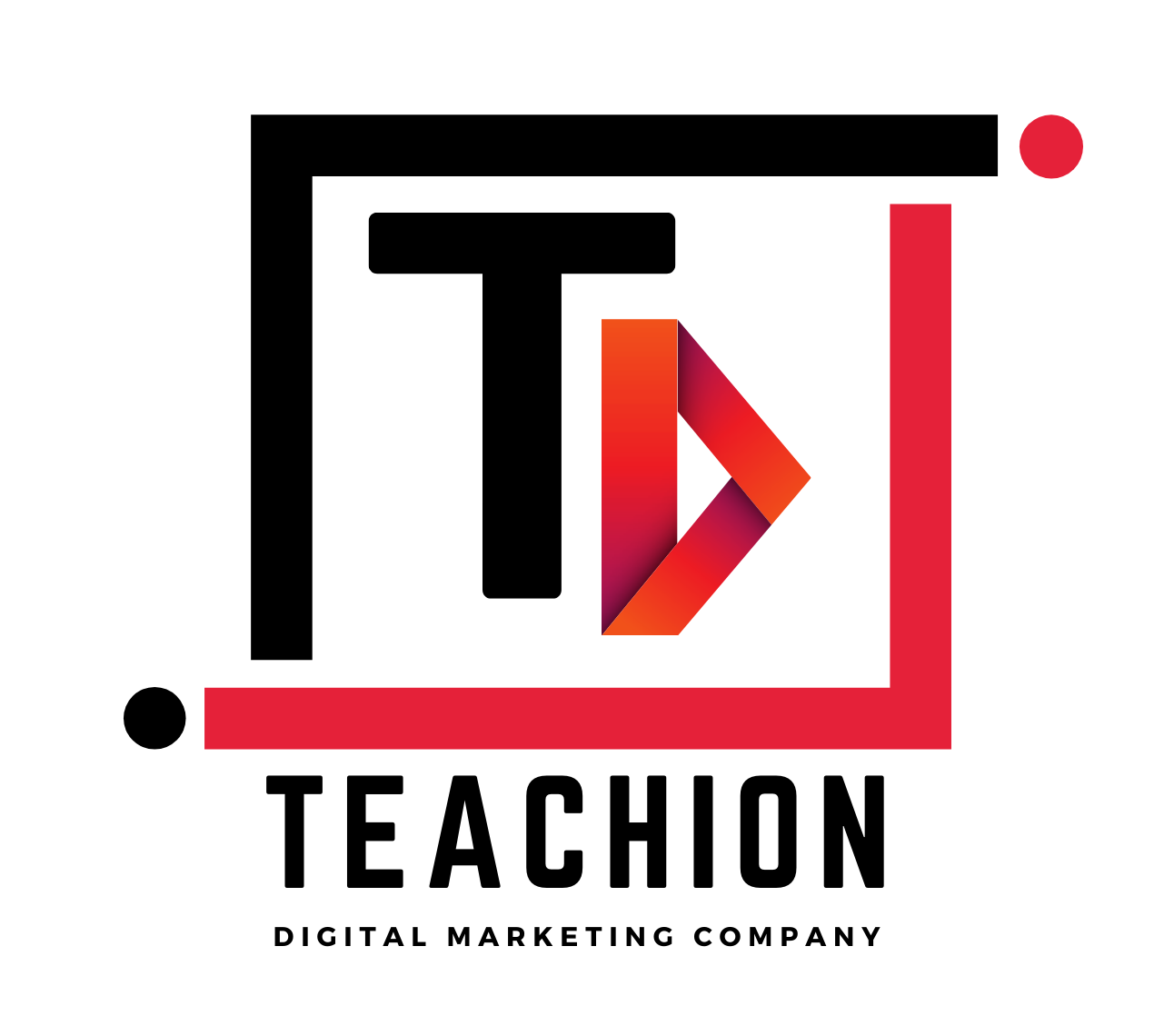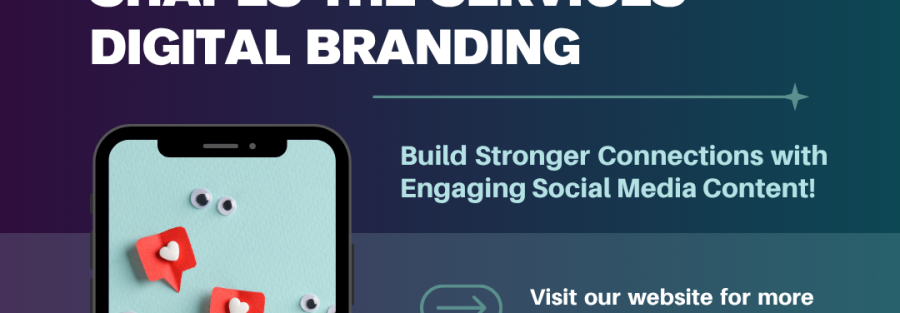No longer a promotional channel in the digital age, social media marketing has become a key element of how brands create identity, communicate with their audiences, and change over time. Looking into the future, the relationship between social media and digital branding will be even more significant in how businesses showcase themselves, connect with consumers, and adapt to fast-paced environments. Here’s how social media marketing will shape the future of digital branding further and how a company like Digital Teachion could take advantage of these trends to lead within that space.
1.From Static Logos to Dynamic Brand Narratives
In the past, branding was focused on static symbols, color schemes, and taglines. In this current social media age, brand identity needs dynamic, living, and responsive properties. Instead of simply relying on one-off branding guidelines, brands can create ongoing narratives through posts, stories, reels, threads, and interactive content.
Social media opens up the possibilities of live-adjustable brand identity—providing a behind-the-scenes experience, reacting to current events, or sharing stories of customers. This narrative makes brands feel more human and connected. With time, a brand’s voice behind its posts, comments, and engagements become just as important as its visual identity.
When switching their business model, agencies like Digital Teachion need to change their branding services to go beyond the visual design to think about content strategy, tone-of-voice, and a constant change to shift with evolving platforms. In other words, your agency is now serving not just as a creator of logos and websites (which you are already doing) but as a steward of an ever-evolving conversation around brands.
2. Platform-Specific Branding & Micro-Brand Identities
Each social media platform has its own culture, norms, and formats. Instagram favors visual storytelling, TikTok emphasizes short-form creativity, LinkedIn is professional, while Twitter (X) emphasizes brevity and immediacy. A brand that wants to remain relevant must tailor its identity (voice, visuals, content style) to each platform, while maintaining coherence across all.
This leads to the notion of “micro-brand identities” — slightly adjusted versions of the main brand identity tuned to each platform audience. For example:
- On LinkedIn, a B2B brand might adopt a thought-leadership, data-driven tone.
- On Instagram, the same brand might prioritize lifestyle visuals, user-generated content, and influencer collabs.
- On TikTok, it might adopt humor, trends, and spontaneous content.
Such modular identities can still tie back to the core brand, but they allow greater flexibility. Social media marketing pushes brands to think in terms of modular, adaptive branding rather than rigid one-size-fits-all guidelines.
3. Community as Brand Ecosystem
In the future, brands will not just broadcast messages; they’ll cultivate communities. Social media gives brands the power to transform customers into participants. Rather than owning a brand, consumers co-create it.
When followers comment, share, remix your content, or contribute user-generated content (UGC), they become part of the brand’s fabric. This co-creation strengthens loyalty, deepens emotional engagement, and naturally multiplies reach.
For example, a brand might launch a hashtag challenge, a contest, or an open prompt for followers to share stories. Or it might incorporate audience feedback into product development or messaging. By involving the community, the brand becomes more agile and relevant.
Thus, social media marketing is pushing branding toward being more participatory and collaborative. This is especially relevant in working with clients at Digital Teachion, where audience-first strategies and “listening” can set your branding services apart.
4. Real-Time Feedback Loops & Brand Optimization
One of the biggest advantages social media brings is immediate feedback. A post’s engagement, reactions, comments—all offer real-time signals about how the brand is perceived. Brands can test messaging, designs, aesthetics, content formats, and pivot rapidly.
This accelerates brand optimization. If a visual style underperforms, you can adjust. If a messaging angle resonates, you can lean into it. The ability to experiment, measure, and evolve helps brands stay relevant rather than rigid.
For agencies offering brand services, this means setting up ongoing analytics, testing frameworks, and agility in implementation. Digital Teachion’s data-driven approach can provide this continuous optimization as part of the branding package.
5. Integration with Other Digital Channels
Social media will increasingly interconnect with other digital marketing channels—SEO, email, paid ads, content marketing, influencer partnerships, e-commerce, and more. Branding won’t live in silos. Instead, brand messages, visual identity, and voice must be consistent across all touchpoints, especially as consumers move fluidly between platforms.
For instance:
- A social post may drive to a website landing page, which must carry the same branding tone and visual cues.
- An influencer partnership may feed into content marketing campaigns and email flows.
- Brand recognition from social media can boost click-throughs in paid ads or search results.
Thus, digital branding becomes a holistic orchestration across multiple channels—social media as both driver and reinforcement.
6. Personalization & Segmented Branding
In the future, brands will need to segment their audiences more finely and tailor branding messages accordingly. Social media platforms provide rich data (demographics, behaviors, interests) which enables brands to micro-target content with customized brand expressions.
For example, a fashion brand may deliver one brand message to Gen Z users (trend-forward, playful) and another to older consumers (quality, heritage), all while retaining core brand consistency. The branding becomes fluid across segments.
This personalized branding demands that social media marketing strategies and tools support segmentation, dynamic creative optimization, and modular brand assets.
7. Emerging Formats & Technology: AR, VR, NFTs, and Beyond
New technologies are opening further frontiers for social branding:
- Augmented Reality (AR) filters / effects: Brands can create custom AR experiences (on Instagram, Snapchat) that users try and share, embedding brand identity into interactive experiences.
- Virtual Reality (VR) brand worlds: Some brands may maintain virtual spaces (e.g. brand lounges, showrooms) where audiences can explore immersive branded experiences.
- NFTs & digital collectibles: Brands may issue limited-edition digital items, badges, or memberships to loyal community members as part of their identity ecosystem.
- Social commerce & in-platform shopping: Shoppable posts integrate branding, product, and purchase experience seamlessly within social media.
These technologies allow brands to transcend traditional boundaries and become experiential, interactive, and collectible. Social media marketing strategies will increasingly incorporate these tools as branding touches.
8. Influence of Micro-Influencers & Brand Advocates
In the future, brands will rely more on micro-influencers and loyal advocates than on big celebrity endorsements. Social media allows smaller creators with niche followings to project authenticity and engage deeply with their audiences. When those creators align with a brand identity, they extend, humanize, and amplify the brand.
This means brand strategy must include selecting partners whose identity aligns well, equipping them with brand guidelines and voice, and integrating them into branded campaigns.
Thus, branding evolves from purely internal (what you define) to co-defined by trusted voices in your community.
9. Ethical, Social & Purpose-Driven Branding
Consumers increasingly expect brands to stand for something—sustainability, diversity, social responsibility, etc. Social media amplifies scrutiny: any inconsistency between brand values and actions is broadcast widely.
Thus, branding in the future must be backed by authentic purpose, and social media is the stage where brands demonstrate their commitment. Whether it’s through campaigns, partnerships, storytelling, or community initiatives, social platforms will be where brands earn credibility or face backlash.
Digital branding will thus include not just visual and verbal identity, but a purpose-driven narrative that must be consistently lived and communicated.
10. Long-Term Brand Equity in a Fast-Moving Landscape
With social media accelerating trends, viral content, and short-lived formats, brands risk becoming ephemeral or irrelevant. To avoid that, brands must invest in long-term equity: values, heritage, consistency, and trust.
While brands constantly adapt to trends and formats, they also need an “anchoring identity” — a stable core that remains recognizable despite change. Social media marketing will push brands to balance agility with stability: making short-term experiments while preserving the long-term soul of the brand.
How Digital Teachion Can Embrace This Future
Given your services in digital marketing, branding, web/app development, and graphic design, here are ways Digital Teachion can align with these future trends:
- Full-spectrum brand services
Extend branding beyond static design to include voice, narrative, content frameworks, and adaptive brand modules. - Content-first brand development
Build branding through content—social posts, stories, long-form articles, videos, and community input—instead of design first. - Platform-tailored identity
Design micro-brand variants for each major platform (Instagram, TikTok, LinkedIn), with guidelines for tone, visuals, and formats. - Data-driven brand optimization
Use analytics and testing to continually refine how brand identity is expressed, which content formats work, etc. - Community building & co-creation
Encourage user-generated content, creator partnerships, and feedback loops to weave your clients’ communities into their brands. - Emerging tech adoption
Explore AR filters, branded experiences, social commerce, NFTs, etc., on behalf of clients to keep them cutting-edge. - Strategic influencer integration
Identify and manage micro-influencer relationships to extend brand voice organically. - Ethics-anchored branding
Help clients articulate genuine purpose and integrate social responsibility into their brand narratives.
By aligning with these trends, Digital Teachion can not only deliver branding and marketing services today, but shape how brands will evolve tomorrow.



